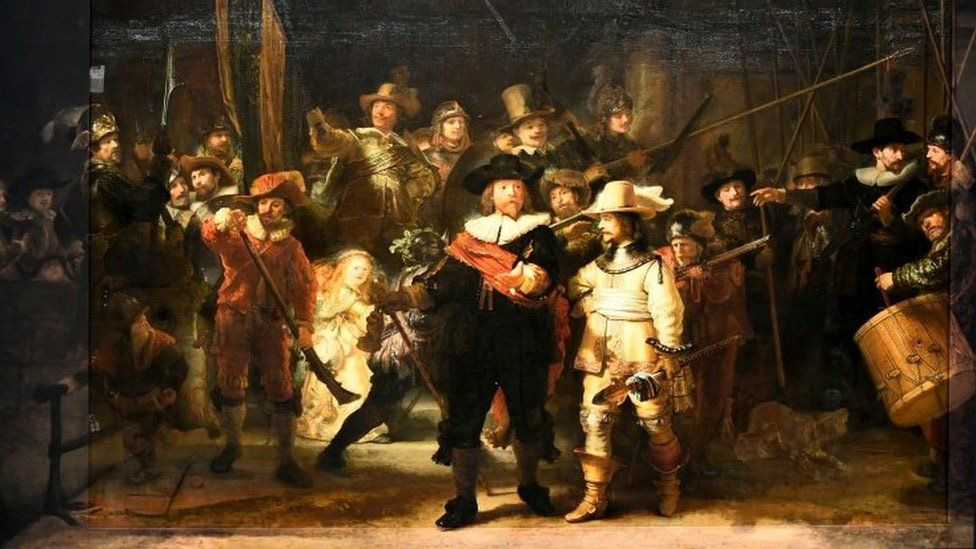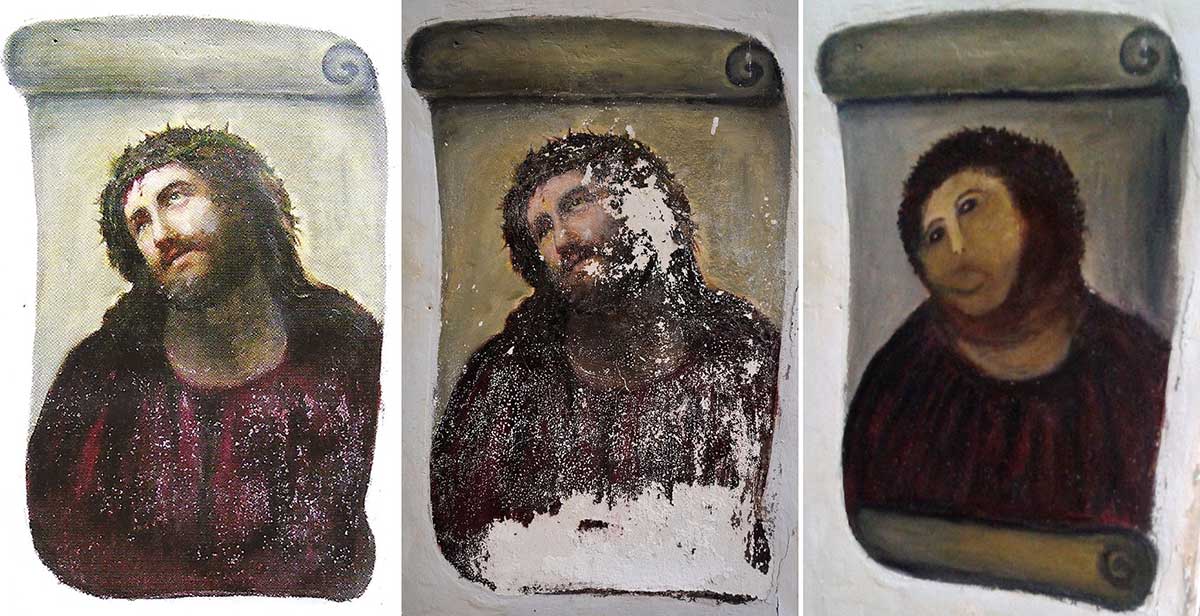To great celebration in the art world this week, the missing edges of a 1642 piece by the Dutch artist Rembrandt, have been finally restored thanks to the use of a cutting-edge AI solution.
"The Night Watch" was originally commissioned for Amsterdam’s Civic Guard’s clubhouse in Amsterdam in the mid-1600s, but in 1715 the canvas was moved to the City Hall and trimmed to fit into a space between two doors. In total 60cm from the left, 22cm from the top, 12cm from the bottom and 7cm from the right were removed and lost. However thanks to AI, for the first time in 300 years, visitors to Amsterdam’s Rijksmuseum will be able to see the whole painting in its entirety.

The AI was trained to restore the missing pieces using two images. The original painting was scanned in ultra-high resolution so that the software could learn Rembrandt’s distinctive style. A second painting, a copy by Gerrit Lundens that was made pre-1715 was then used to show the software what was missing from the lost margins.
The art was recreated pixel by pixel, accurately copying the detail, brushstrokes and colour that was used in the original work. The work has revealed three additional figures, details such as a helmet and a boy fleeing, and arguably most importantly, the composition has been restored to its original state of balance.
Traditionally, this work would have been done by art restoration experts, and highly trained artists, so the use of AI to recreate a lost work is fairly contentious. Purists may claim that this takes away from the spirit of the painting. When you remove the human element from the creation of art - what does that leave us with? But some may also argue that the use of AI removes any artistic bias, or human error from the restoration (the botched Ecce Homo / Ecce Mono restoration attempt springs to mind).

Whichever side of the debate you fall on, it’s clear to see that the advancements in AI technology are allowing us to move closer and closer to a world where the creative arts and technology are intrinsically intertwined. In 2019, concert attendees were required to vote on whether they thought the music they were listening to was composed by Bach, or by AI. Google has a new tool, Verse by Verse which helps you to write a poem in the style of your favourite poet.
As our technology becomes cleverer and faster to learn, we will need to come to terms with the fact that maybe creativity isn’t an exclusively human experience. And perhaps in the future, software developers and coders will be held in the same esteem as artists, poets, and musicians?
BSI is a specialist solution supplier of hardware and expertise across a range of sectors. We are the leading provider of AI solutions.
Get in touch to discover how we could optimise your business with AI.
To learn more...
Our AI technology solutions can be viewed here and our AI inception programme here.
